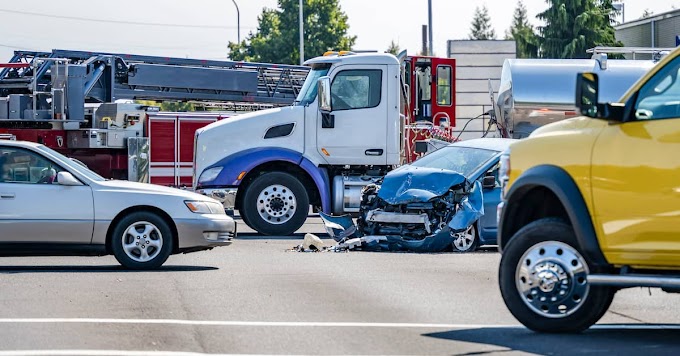Greater Idaho is a movement that aims to expand the borders of Idaho to include parts of neighboring states, including rural areas of Oregon and Northern California. Proponents of the movement argue that these areas share a cultural and political affinity with Idaho, and that they would be better off joining the state than remaining part of their current states.
The movement began in 2018 when a group of residents in rural Oregon proposed that their county secede from the state and join Idaho. The proposal gained traction, and other counties in Oregon and Northern California expressed interest in joining the movement. Supporters of the movement argue that the current political climate in Oregon and California is out of touch with the values and beliefs of rural residents, who are often conservative and feel disenfranchised by their state governments.
One of the main drivers behind the movement is a sense of frustration with state-level policies that rural residents feel are not in their best interests. For example, in Oregon, there has been a push to limit the use of fossil fuels, which many rural residents see as a threat to their livelihoods. In California, there has been a push to restrict water usage, which has led to conflicts between rural farmers and urban residents.
Supporters of the Greater Idaho movement believe that by joining Idaho, rural residents would have more control over their own destinies. They argue that Idaho is a state that values individual liberty, self-reliance, and limited government, and that these values are more aligned with the values of rural residents than the values of their current states.
However, the movement faces many hurdles. For one, it would require approval from both the Idaho and the U.S. Congress, which could be difficult to obtain. Additionally, the proposal has faced criticism from many who argue that it would be impractical and disruptive to redraw state borders in this way.
Overall, the Greater Idaho movement is an interesting example of the tensions that can arise between rural and urban residents, and the challenges of reconciling these differences in a democratic system. Whether the movement will ultimately be successful remains to be seen, but it has already generated significant debate and discussion about the role of state governments in representing the interests of their citizens.
The movement has gained momentum in recent years, with several counties in Oregon and Northern California passing resolutions in support of joining Idaho. In addition, a group called Move Oregon's Border for a Greater Idaho has been leading the charge, gathering signatures for a ballot measure that would ask voters in certain Oregon counties if they want to join Idaho.
Supporters of the movement argue that rural residents in Oregon and Northern California have more in common with Idaho than they do with their current states. They point to shared values, such as a love of the outdoors and a desire for limited government, as well as similar economic and cultural factors.
Opponents of the movement, however, argue that it would be impractical and divisive to redraw state borders in this way. They point to the potential logistical challenges of transferring state assets and services, such as roads, schools, and law enforcement, to the newly expanded Idaho. In addition, critics argue that the movement is driven more by political ideology than practical considerations, and that it would not address the underlying issues facing rural communities.
Despite these challenges, the Greater Idaho movement has continued to gain support. Proponents argue that the current political climate in the United States, with deep divisions between urban and rural areas, has created a need for innovative solutions to address the needs of all citizens.
Ultimately, whether the Greater Idaho movement succeeds or not, it highlights the ongoing challenges of representing the diverse interests and values of different communities within a democratic system. It also raises important questions about the role of state governments in shaping policies that affect the lives of their citizens, and the role of individual citizens in shaping the direction of their states and their country.











